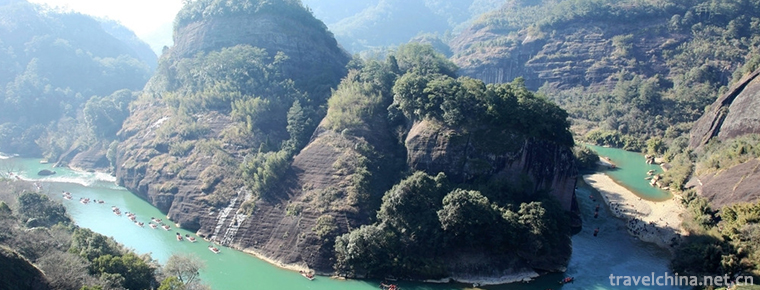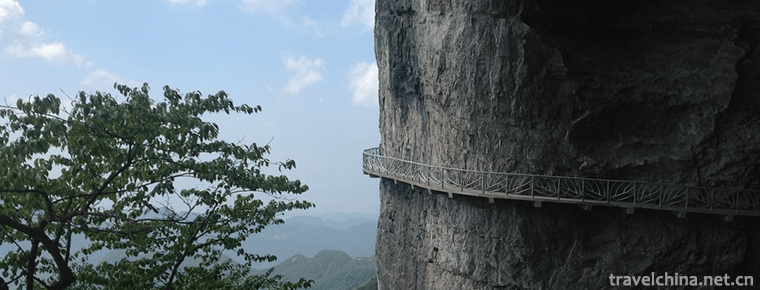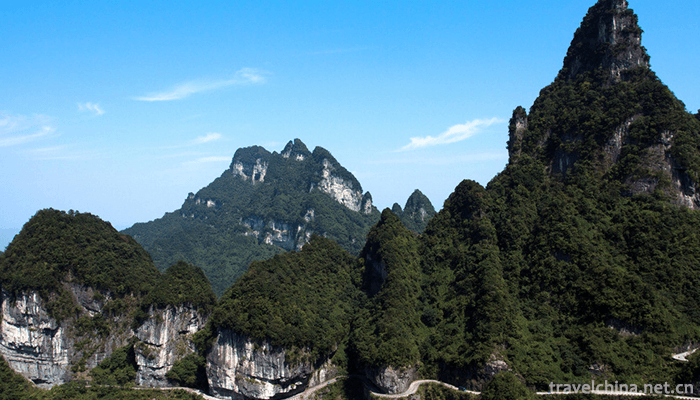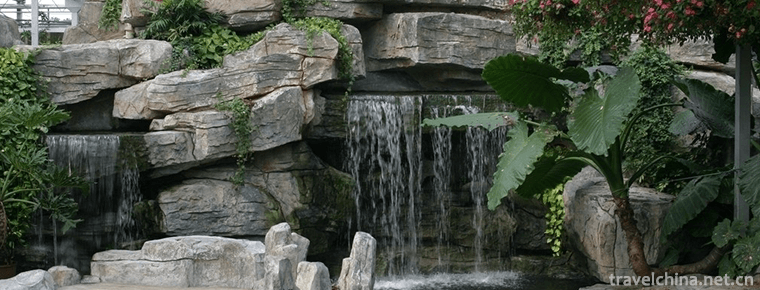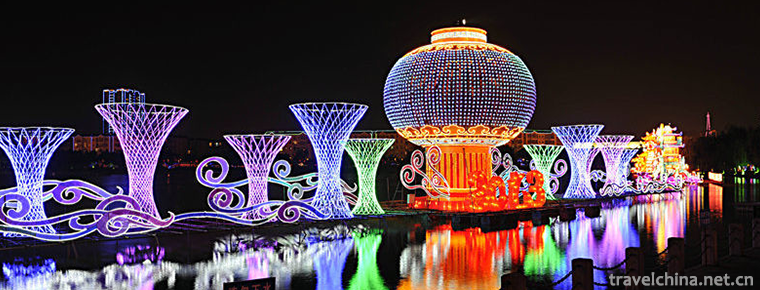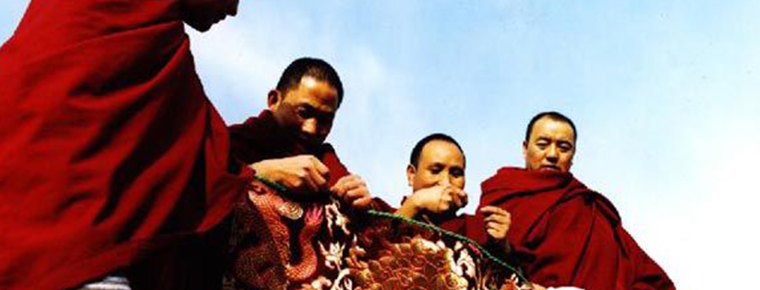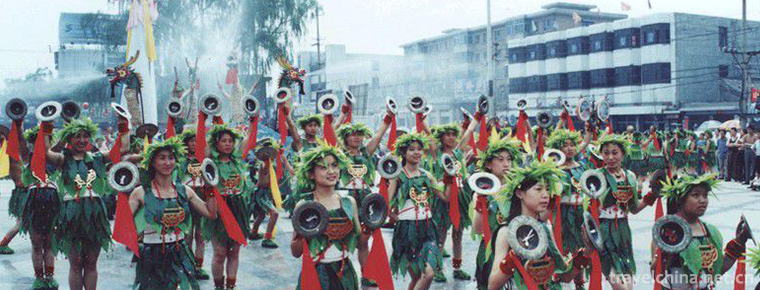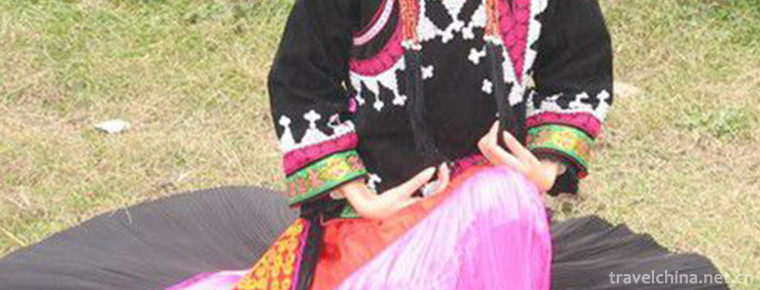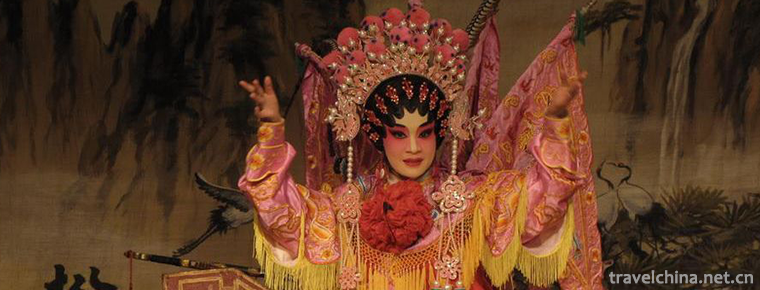Shaoyuan mythological group
Shaoyuan mythological group
Shaoyuan myth group is one of the ancient Chinese myths and legends. Refers to the general name of the creation myths and mythological prototypes circulated in Shaoyuan Town, Jiyuan City, Henan Province. Since ancient times, stories such as Nuwa have been circulating in Shaoyuan. In the north of Zhenzhou, there are Heilongshan, Aobeishan, Suoquanling, which is located at the four poles of the broken Aozuo foot, Suoquanling where the lime is locked up, and Yinhe Gorge where the stone is refined to fill the sky, as well as ancient place names, cultural relics and ancient relics. The rich content of Shao Yuan's myth of creation reflects the relationship between people and nature, people and society, people and people, and people themselves, as well as contradictions, conflicts and struggles. It is harmonious in the process of unity of opposites and accumulates the national humanistic spirit.
On June 7, 2008, the "Shaoyuan Myth Group" declared by Jiyuan City, Henan Province, was approved by the State Council and listed in the second batch of national intangible cultural heritage list.
historical origin
Shaoyuan Town, Jiyuan City, Henan Province, is located at the junction of Henan and Jin Dynasties in the northwest of Henan Province, north of the Taihang, Wangwu and Zhongtiao Mountains inhabited by primitive human ancestors; south of the Yellow River, the mother river of the Chinese nation, covering an area of 337 square kilometers, with 40,000 people, it spans 112 112 10', and 35 10'- 35 According to the research of human scientist, the area around 35 degrees north latitude is most suitable for human survival and development. The geographical location and environment of Shaoyuan area in the ancient Chinese people determine that it must be the origin of the creation myth. Peiligang cultural sites 7,000 years ago and Yangshao and Longshan cultural sites 5,000-4,000 years ago have been found in the territory. They have abundant human landscape resources and unique natural conditions. They are full of Qifeng and Junling mountains, rivers and rivers, green mountains and clear waters, and pleasant environment. They are places where the ancestors of China thrive and thrive. Shaoyuan has complex geological structure, unique geomorphology, rich content of Kaitian myths and legends, and clear outline of natural prototypes. Shaoyuan has a long history of history and culture. Shaoyuan is an ancient and magical place where the creation myth of China originated.
(Source of Shaoyuan Mythological Group Prototype Atlas: )
Shaoyuan is an ancient town with a history of more than 7000 years. Even if there are written records, it has a history of more than 3000 years. With the change of administrative divisions, there are many names in history, such as Zhao, Shao, Shao, Shao, Shao, Shao, Shao, Shao, Shao, Shao, Wangwu, Shao and so on. The story of Nuwa has been handed down since ancient times. There are famous mountains and rivers in the north of Zhenbei, such as Heilongshan, which has been chopped off by the evil dragon, Aobeishan which stands at the four poles, Suoquanling where the ashes are locked up, and Galactic Gorge where the stone is refined to fill the sky, all of which are the prototypes of "Nuwa Butian". They are large-scale and naturally formed. The image is lifelike and the system is complete, which is the only one in the country. Many experts and scholars have examined and certified that the original place of Nuwa myth is the ancient Shaozhou area centered on Shaoyuan Town, Jiyuan City. There are many myths about Nuwa in Shaoyuan and its surrounding areas. They are relatively concentrated and face the whole country directly. They are not available in other places. The ancient place names, cultural relics and relics scattered on the land of Shaozhou fully prove the opinions of experts and oral biographies. From the geographic and geographic point of view, Shaoyuan is located in Taihang in the north, with the middle strip as the barrier, and the Yellow River lingering in the south, facing the towering Funiu Mountain. In the east, the Temple of Heaven is very beautiful, while in the west, Zhong Ling of the Three Jin Dynasty belongs to the shallow loess hilly belt with a radius of 50 li. In the 26th year of Qianlong reign of the Qing Dynasty (1761 A.D.), Ling Xiaoying-zhi of Jiyuan County visited Shaoyuan, which was shocked by the scene. He wrote poems: "Taihang West and Chenglian, with a glimpse of Emei Wangang hanging. Shanjingyao Tong Jinshuiqu, Yanguan Shensuoling Yunxuan. It is this hot land that breeds ancient ancestors and Chinese culture. In the battle against natural disasters, we successively weave fantastic myths of creation with extraordinary imagination to show the grandeur and high wisdom of the battle between heaven and earth.
Inheritance Significance
The rich content of Shao Yuan's myth of creation reflects the relationship between people and nature, people and society, people and people, and people themselves, as well as contradictions, conflicts and struggles. It is harmonious in the process of unity of opposites and accumulates the national humanistic spirit.
Shao Yuan-shi's myth is known as "aesthetic" myth, which has the charm of moralization, ethics and philosophy. Shao Yuan-shi's mythology has profound humanistic connotations and inherits philosophical thoughts from ancient to modern times. Pangu and Nuwa, as the ancestors and heroic images of the Chinese nation, contain the spirit of pioneering, pioneering, innovative, fearless, forward, self-improvement and continuing to forge ahead; their virtues of dedication, incarnation, willingness to sacrifice; their noble qualities of benefiting mankind, punishing evil and promoting good, putting people first, and protecting the people; their self-improvement and self-reliance; The spirit of faith, self-diligence and self-love is of great value to the formation and enrichment of humanistic spirit in China, and plays a role in promoting the consciousness of national culture. The rich cultural capacity of Jiyuan Shao's original mythology group will surely bring forth new brilliance with the times and become the spiritual and cultural wealth shared by the Chinese nation. Shaoyuan is a natural relic of Chinese creation culture, and it is extremely precious. To study the myth group of Shaoyuan creation is of great significance to enhance national self-confidence and cohesion.
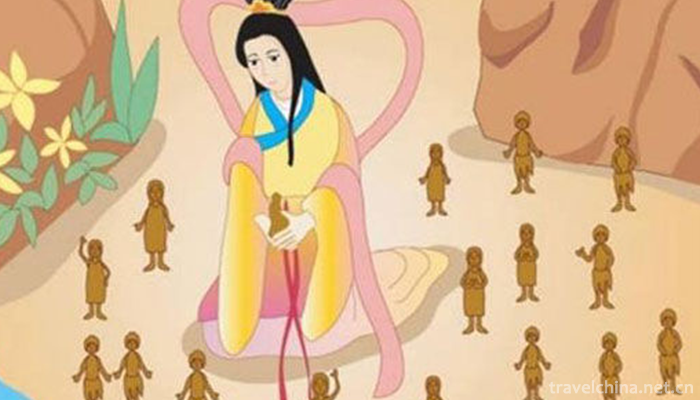
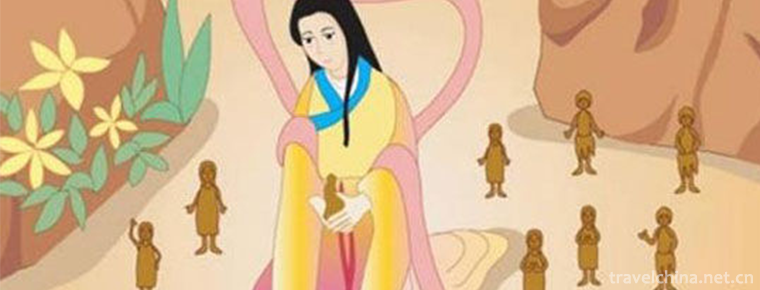
Shaoyuan mythological group
-
Mount Wuyi
Wuyi Mountain, Wuyi Mountain is located at the junction of Jiangxi and northwest Fujian Province. The southeastern foot of Wuyi Mountain has a total area of 999.75 square kilometers. It is a famous sc
Views: 294 Time 2018-10-28 -
Fu Ling Rose Crisp
Fuling Rose Crisp is a special traditional snack in Jixi County, Anhui Province. Fuling Rose Crisp is a well-known traditional pastry, which is produced in Fuling Village, Jixi County.
Views: 200 Time 2018-11-27 -
Nanchuan Jinfo Mountain
Jinfo Mountain: World Natural Heritage, National AAAAA Tourist Scenic Spot, National Key Scenic Spots, National Forest Park, National Nature Reserve, National Natural Heritage
Views: 304 Time 2018-12-12 -
Tianmenshan Mountain tourist area
Views: 172 Time 2018-12-12 -
Tengtou Ecological Tourism Area
Embedded between Fenghua and Xikou, Tengtou Eco-tourism Area is located in Xiaojiang Plain, close to Jiangba and Yongxi Highway. Located 6 kilometers north of Fenghua City
Views: 250 Time 2019-02-13 -
Exhibit of lanterns
The Lantern Festival is an ancient folk culture in China. It generally refers to the large-scale lighting exhibition held by the government around the Spring Festival and the Lantern Festival
Views: 180 Time 2019-04-26 -
Huangzhong embroidery
Huangzhong heap embroidery is a kind of art that uses the techniques of "shearing" and "heap" to create images. It is mostly used in Tangka production, with Tibetan Buddhist themes
Views: 307 Time 2019-05-04 -
Wenshui Tiaozi
Wenshui Biaozi is an ancient and unique traditional folk music art spread in Wenshui County, Shanxi Province. It is named for its special copper cymbals commonly known as "Biaozi" in perform
Views: 167 Time 2019-06-29 -
Yi dress
The costumes of the Yi nationality are colorful, unique in style, and have nearly 100 kinds of shapes. Historically, because of the numerous branches and scattered residence of the Yi people, there ar
Views: 232 Time 2019-07-12 -
Cantonese opera Yuequ
Cantonese Opera is a popular Cantonese dialect area in Guangdong and Guangxi, and has spread to Hong Kong, Macao, Southeast Asia and the Americas where Cantonese overseas Chinese live. It is a variety
Views: 190 Time 2019-07-16 -
Gufo weir
Located in Huanglongxi section of Jinjiang River in Chengdu, Gufo weir was built in the 25th year of Qianlong reign. Zhangfengzhu, the magistrate of Pengshan County, built a weir to irrigate Huayang, Renshou and Pengshan Sanyi fields.
Views: 178 Time 2020-11-05 -
Location of Meishan
Meishan is located in the southwest of Chengdu Plain and the middle reaches of Minjiang River in Sichuan Basin. It spans 29 ° 24 ′ - 30 ° 16 ′ N and 102 ° 49 ′ - 104 ° 30 ′ e. it is 150 km long from east to west and 72 km wide from south to north. It connects Chengdu,
Views: 380 Time 2020-12-18
